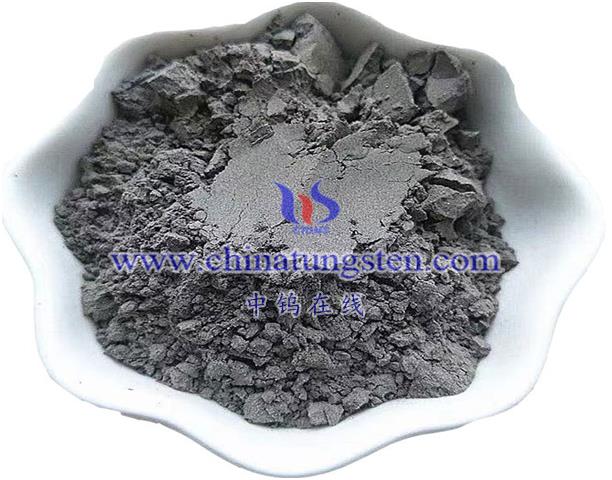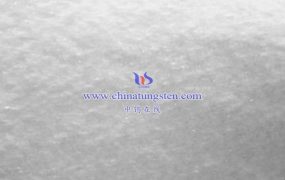Tungsten diselenide (WSe2), a two-dimensional material belonging to transition metal chalcogenides (TMDCs), has attracted extensive attention in the field of low thermal conductivity in recent years. The unique layered structure and low thermal conductivity make tungsten diselenide show great application potential in the fields of thermal management, thermoelectric materials and micro-nano devices.
Tungsten diselenide is a layered crystal structure formed by alternating arrangement of tungsten (W) atoms and selenium (Se) atoms. In this structure, each tungsten atom forms octahedral coordination with six selenium atoms, and the tungsten atoms and selenium atoms are connected by covalent bonds. The atoms in each layer are arranged in a honeycomb structure, and the adjacent layers interact through Van der Waals force, which is weak and can be peeled off by external force.
The most notable property of tungsten diselenide is its low thermal conductivity. Thermal conductivity is the performance index of materials in the process of heat conduction, and low thermal conductivity means that heat transfers slowly within the material. The thermal conductivity of tungsten diselenide is about 0.05 W/m•K, which is much lower than that of many other materials at room temperature. This low thermal conductivity is due to its layered structure and phonon scattering properties, which limit the conduction of heat in tungsten diselenide.
Tungsten diselenide can be used as a thermal insulation material to effectively insulate heat to reduce the operating temperature of the equipment and improve the stability and life of the equipment. In addition, the low thermal conductivity of tungsten diselenide can also be used to make high-performance heat shielding materials to protect equipment from external heat. In the field of high-temperature process and aerospace, tungsten diselenide as a heat shield material can effectively protect key components from excessive temperature.

The low thermal conductivity of tungsten diselenide also has broad application prospects in the field of thermoelectric materials. Thermoelectric materials refer to a class of materials that can realize mutual conversion of thermal energy and electrical energy. Tungsten diselenide with low thermal conductivity can reduce heat loss in thermoelectric materials and improve its thermoelectric conversion efficiency. In practical applications, tungsten diselenide-based thermoelectric materials can be used to make high-performance thermoelectric generators, thermoelectric coolers and other equipment, providing new ideas for solving energy problems.
The low thermal conductivity of tungsten diselenide also has important application value in the field of micro-nano devices. At the micro-nano scale, thermal management issues become particularly important. The low thermal conductivity and good electrical properties of tungsten diselenide make it an ideal material for making high-performance micro-nano devices. For example, in the fields of micro-nanoscale sensors, optoelectronic devices, and logic devices, tungsten diselenide has high application potential.
As a material with low thermal conductivity, tungsten diselenide provides new possibilities for the development of science and technology. The low thermal conductivity of tungsten diselenide is closely related to its unique layered structure and phonon scattering properties. In the fields of thermal management, thermoelectric materials, and micro-nano devices, tungsten diselenide has shown great application potential. Although the preparation process of tungsten diselenide still needs to be further optimized, with the deepening of related research, the application prospect of tungsten diselenide in various fields will become more and more broad.
More details of tungstate product, please visit website: tungstate.net
Please contact CHINATUNGSTEN for inquiry and order of tungstate:
Email: sales@chinatungsten.com
Tel.: 86 592 5129595


